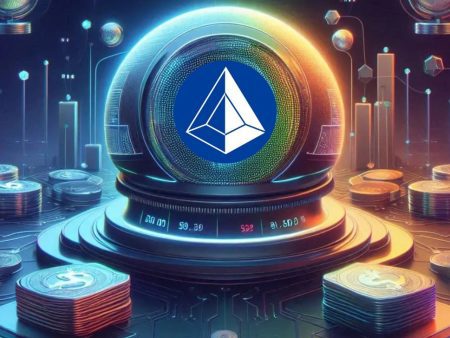Fantom Crypto (FTM) is a high-performance Layer‑1 blockchain designed to deliver speed, scalability, and low-cost transactions for decentralized applications. It stands out with its unique consensus mechanism, growing DeFi ecosystem, and real-world utility.
In this article, TopCoin9’ll explore how Fantom works, its standout features, use cases, token economics, investment pros and cons, and how to securely buy and store FTM.
What Is Fantom Crypto (FTM)?
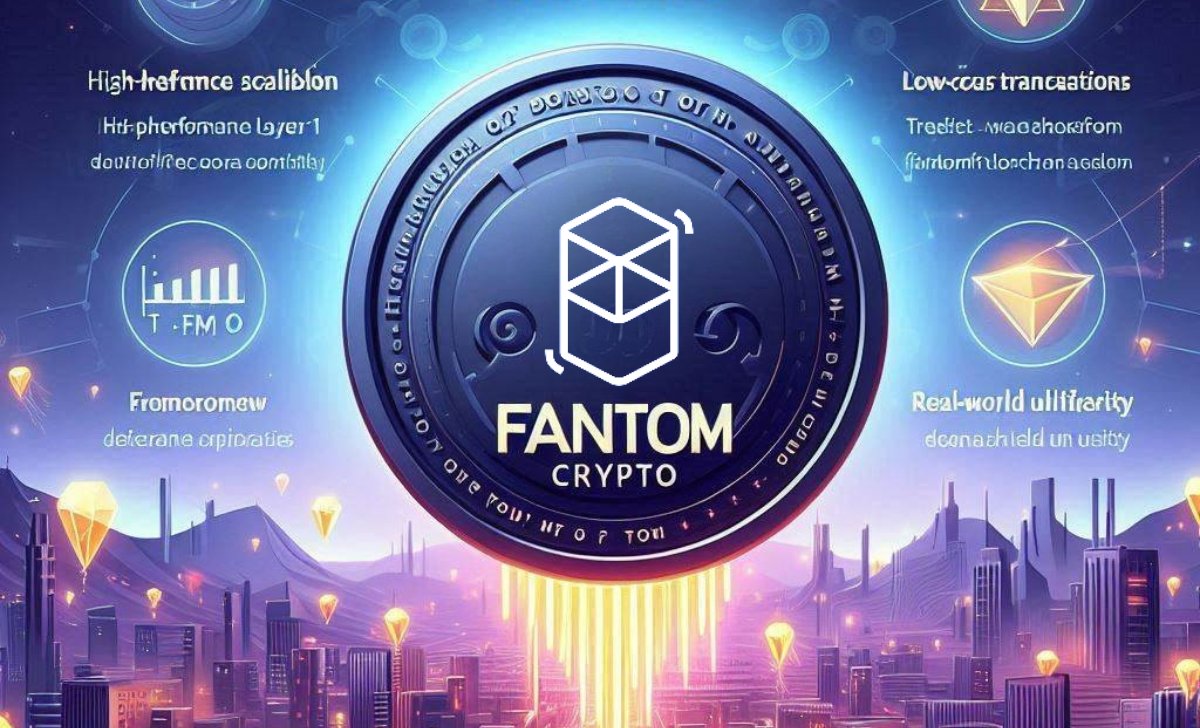
Fantom Crypto refers to both the blockchain protocol (Fantom) and its native utility token (FTM). Launched in 2019 by the Fantom Foundation, Fantom was created to overcome the limitations of older blockchains like Ethereum, which suffer from network congestion and high gas fees.
At its core, Fantom is a Layer-1 smart contract platform designed for speed and scalability. Unlike many newer blockchains, it is not a fork of Ethereum. Instead, Fantom was built from the ground up using a unique consensus mechanism to support faster and more cost-efficient transactions.
The project was founded by South Korean computer scientist Dr. Ahn Byung Ik and has since gained recognition globally. According to CoinDesk (2021), Fantom raised over $40 million in funding, making it one of the more financially stable blockchain startups.
With its unique architecture and technical vision, Fantom sets itself apart from Ethereum and Solana. But how does it actually work under the hood? Details will be revealed in the content below!
How Does Fantom Work?
Fantom Crypto operates on a unique consensus mechanism called Lachesis, which is based on asynchronous Byzantine Fault Tolerance (aBFT). Unlike traditional consensus models, Lachesis allows nodes to process and validate transactions independently without waiting for global agreement. This significantly improves network speed and reliability.
In contrast to linear blockchains like Bitcoin or Ethereum, Fantom uses a Directed Acyclic Graph (DAG) structure. This architecture enables parallel processing of transactions, allowing the network to achieve finality in about one second and supports thousands of transactions per second.
According to the Fantom Foundation’s technical documentation (2022), this system reduces transaction costs to near-zero levels — typically less than $0.01 — making it especially suitable for DeFi applications, NFTs, and enterprise-grade dApps.
The efficiency of Fantom’s infrastructure has been recognized in industry analysis, including a review by Cointelegraph (2023), which highlights its performance advantages over Ethereum in both speed and scalability.
Now that we understand its technical foundation, let’s take a closer look at what makes Fantom so attractive in practice through the content below!
Key Features of Fantom Network
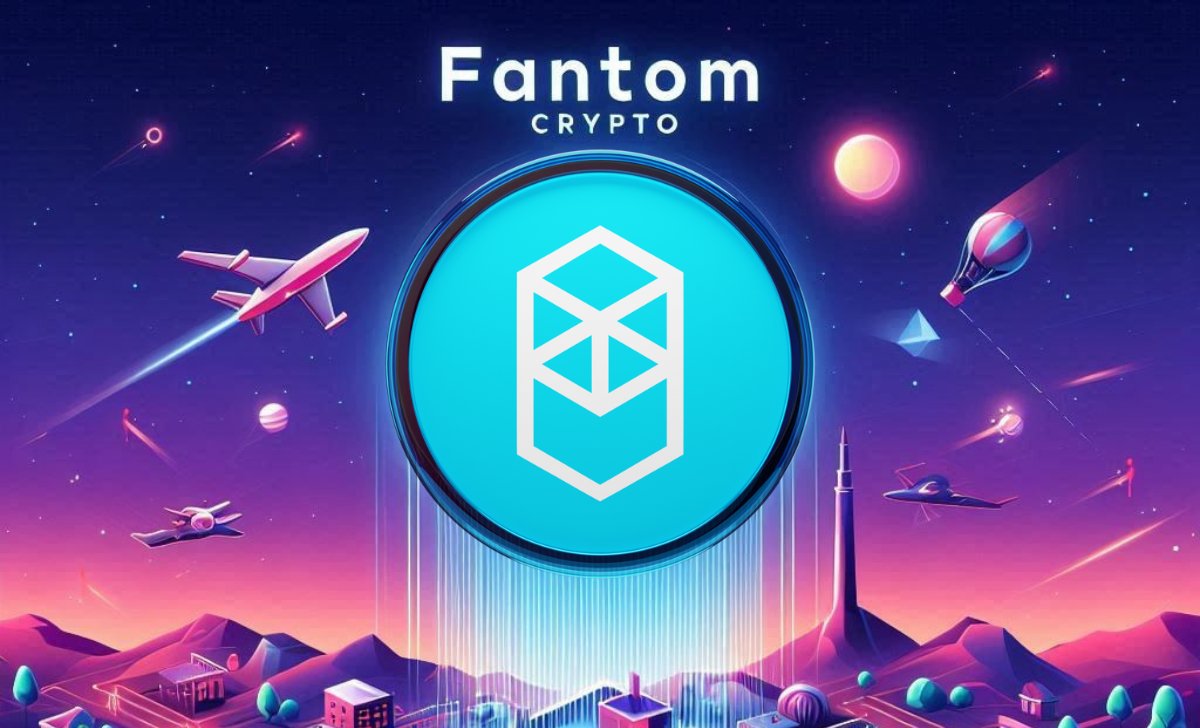
Fantom isn’t just a theoretical solution—it delivers practical advantages:
- Speed: Finality in about 1 second.
- Low Fees: Transactions cost fractions of a cent.
- Scalability: High throughput via DAG and parallel chains.
- EVM Compatibility: Supports Ethereum-based dApps with minimal code changes.
Fantom blockchain is compatible with the Ethereum Virtual Machine (EVM), which allows developers to easily port their dApps from Ethereum to Fantom. According to CryptoSlate (2023), this has led to a surge in developer adoption, particularly in the DeFi space.
But beyond technical specs, how does the Fantom ecosystem look in the real world? Let’s explore that in the next section!
Fantom Ecosystem & Real-World Use Cases
The Fantom Crypto ecosystem is diverse and rapidly expanding. As of early 2025, it includes:
- DeFi platforms like SpookySwap and Beethoven X.
- Lending protocols like Geist Finance.
- Bridges for multi-chain compatibility.
- NFT marketplaces like PaintSwap.
In 2022, Fantom partnered with the Tajikistan government to build a national e-government infrastructure, as reported by Cointelegraph (2022). This demonstrates Fantom’s potential beyond just DeFi and into real-world governance and enterprise applications.
With so many applications, it’s essential to understand the role of the FTM token in powering the entire network. Find out more in the next section!
What Is FTM Token Used For?
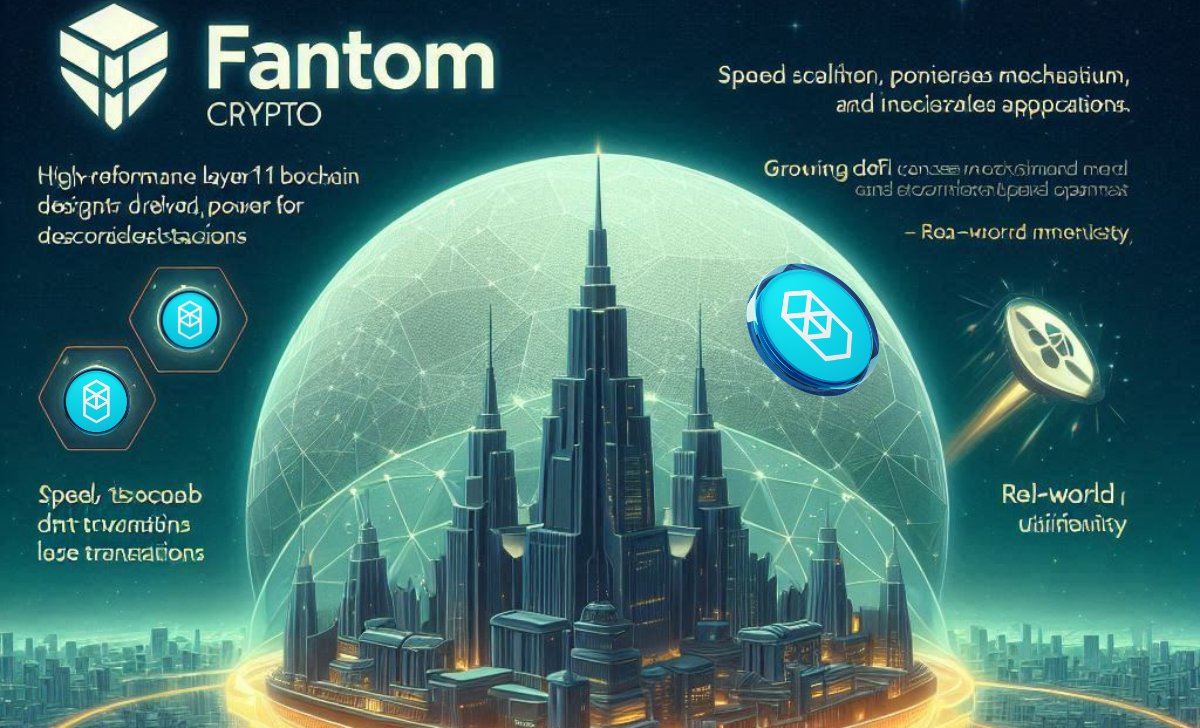
The FTM token is the lifeblood of the Fantom network. It has several key utilities:
- Transaction Fees: All activities on the network are paid in FTM.
- Staking: Users can stake FTM to secure the network and earn rewards.
- Governance: FTM holders vote on ecosystem decisions via on-chain governance.
- Collateral: In DeFi, FTM can be used as collateral for loans or liquidity.
The total supply of FTM is capped at 3.175 billion tokens, according to CoinMarketCap (2025). Roughly 2.8 billion are in circulation today.
Staking on Fantom is particularly attractive due to its flexible lockup model. Users can choose lockup durations and earn APYs ranging from 4% to 13% depending on time and validator.
Now that we’ve covered the use cases, what’s the market saying about FTM? Details will be revealed in the content below!
FTM Token Price & Market Performance
As of June 2025, Fantom Crypto has a market cap of approximately $1.2 billion, placing it in the top 60 cryptocurrencies globally (CoinGecko, 2025). The token’s price has been volatile, like most altcoins, peaking above $3.00 during the 2021 bull run before retracing in the bear market.
Key market metrics:
- Current price: ~$0.45
- ATH: $3.46 (Oct 2021)
- 24h trading volume: ~$180 million
Analysts at Messari (2024) suggest that Fantom’s future performance is closely tied to the adoption of its dApps and DeFi protocols. Given its strong fundamentals, it’s seen as one of the more promising Layer-1 projects.
Still, no investment is without risks. Let’s weigh the pros and cons in the next section!
Pros and Cons of Investing in Fantom
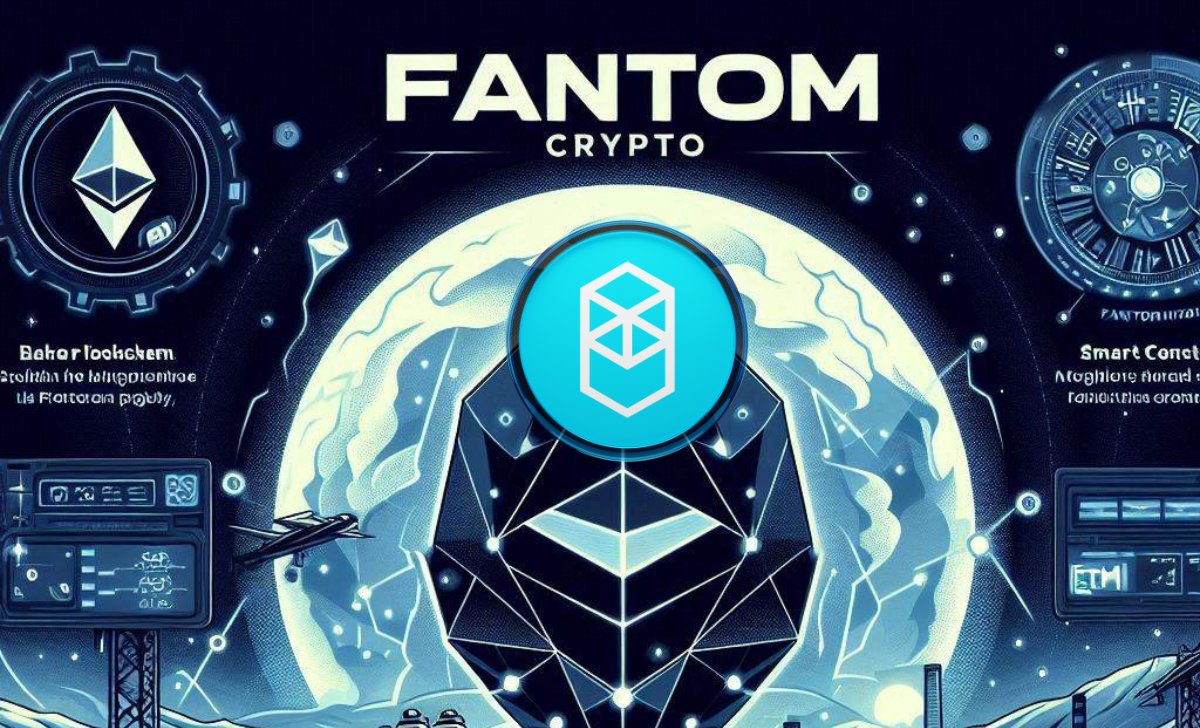
While Fantom Crypto offers compelling technology, its investment potential comes with both advantages and risks worth considering.
Pros:
- High scalability and low fees.
- Rapid transaction finality.
- Active developer and user community.
- Strong partnerships and real-world use cases.
Cons:
- High competition from other Layer-1 chains like Solana, Avalanche, and Near.
- Regulatory risks and market volatility.
- Still reliant on DeFi as its primary use case.
According to a 2024 report by Binance Research, Fantom’s user base has grown steadily, but future adoption will depend on enterprise partnerships and sustained dApp growth.
Thinking about jumping in? Here’s how you can start acquiring and storing FTM safely in the next content!
How to Buy and Store Fantom (FTM)
Buying and storing Fantom Crypto (FTM) is straightforward thanks to its listing on major global exchanges. According to CoinMarketCap (2025), FTM is available on platforms like Binance, Coinbase, Kraken, and KuCoin, offering users various fiat and crypto trading pairs.
For secure storage, users can opt for:
- Software wallets: MetaMask (with Fantom Opera Network added), Trust Wallet.
- Hardware wallets: Ledger Nano and Trezor, both recommended for long-term holding and enhanced security (Ledger, 2024).
- Native wallets: Fantom fWallet, supporting direct staking and governance voting.
As emphasized by CryptoCompare (2023), using hardware wallets significantly reduces the risk of hacks, while the fWallet offers seamless access to Fantom’s staking and DeFi features.
Given its scalability, low fees, and expanding use cases, Fantom is often mentioned in expert roundups on the Best Crypto to Buy Now, especially for those seeking long-term utility and growth potential.
Now that you know how to safely acquire and manage FTM, let’s wrap up with a final look at Fantom’s position in the blockchain landscape.
Conclusion
Fantom Crypto (FTM) has carved out a significant space in the blockchain world thanks to its high throughput, low costs, and enterprise-grade performance. With a robust consensus mechanism, growing ecosystem, and real-world use cases, Fantom presents a compelling case for both developers and investors. Don’t forget to follow us for the latest updates on Fantom Crypto (FTM) and other groundbreaking blockchain projects shaping the future of Web3.

Ethan Carter, a seasoned crypto analyst with 7+ years of experience, has a deep understanding of market trends, DeFi, and blockchain technologies. His expert insights and market forecasts have helped thousands of traders and investors make informed decisions.
Email: [email protected]

